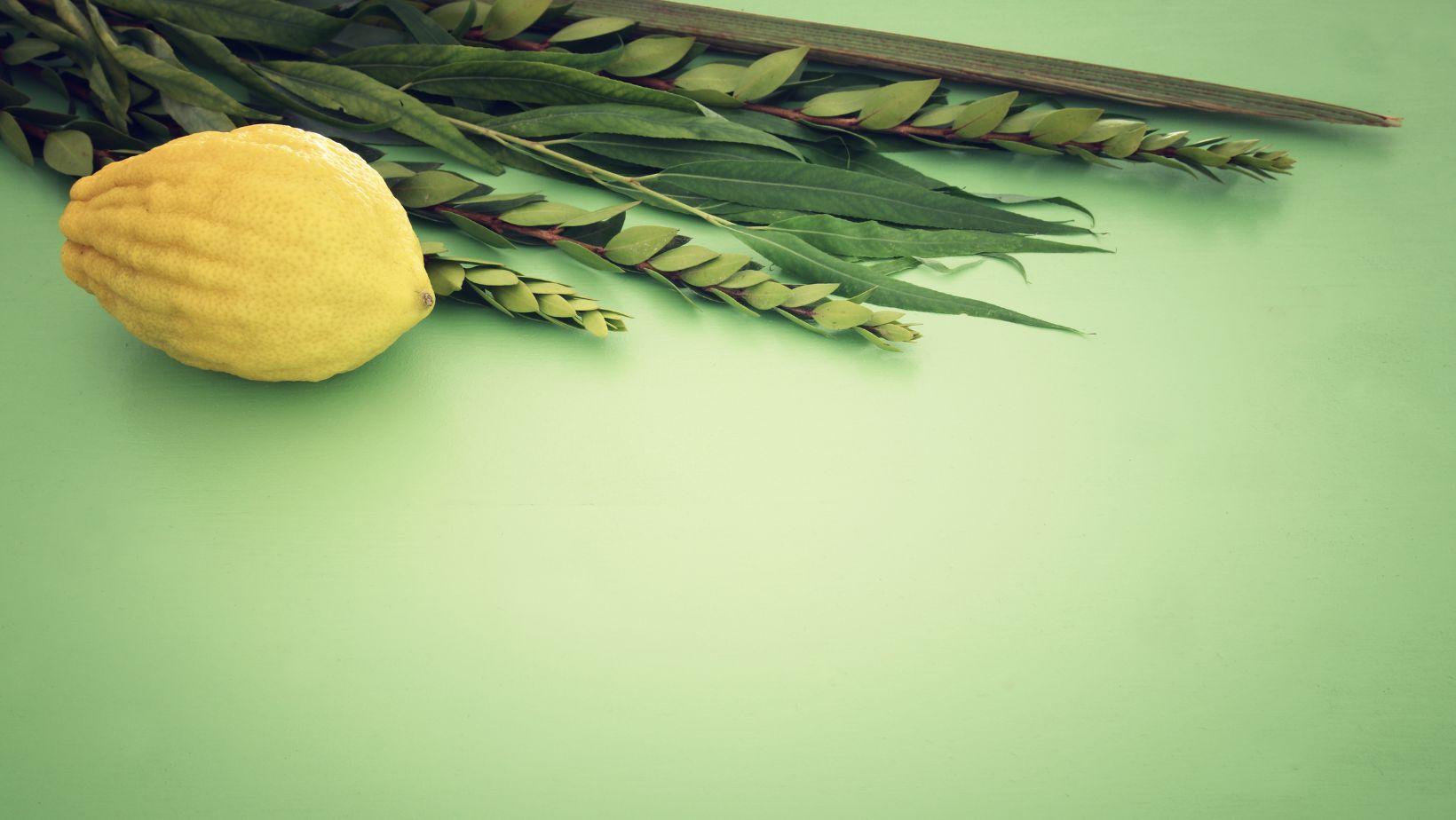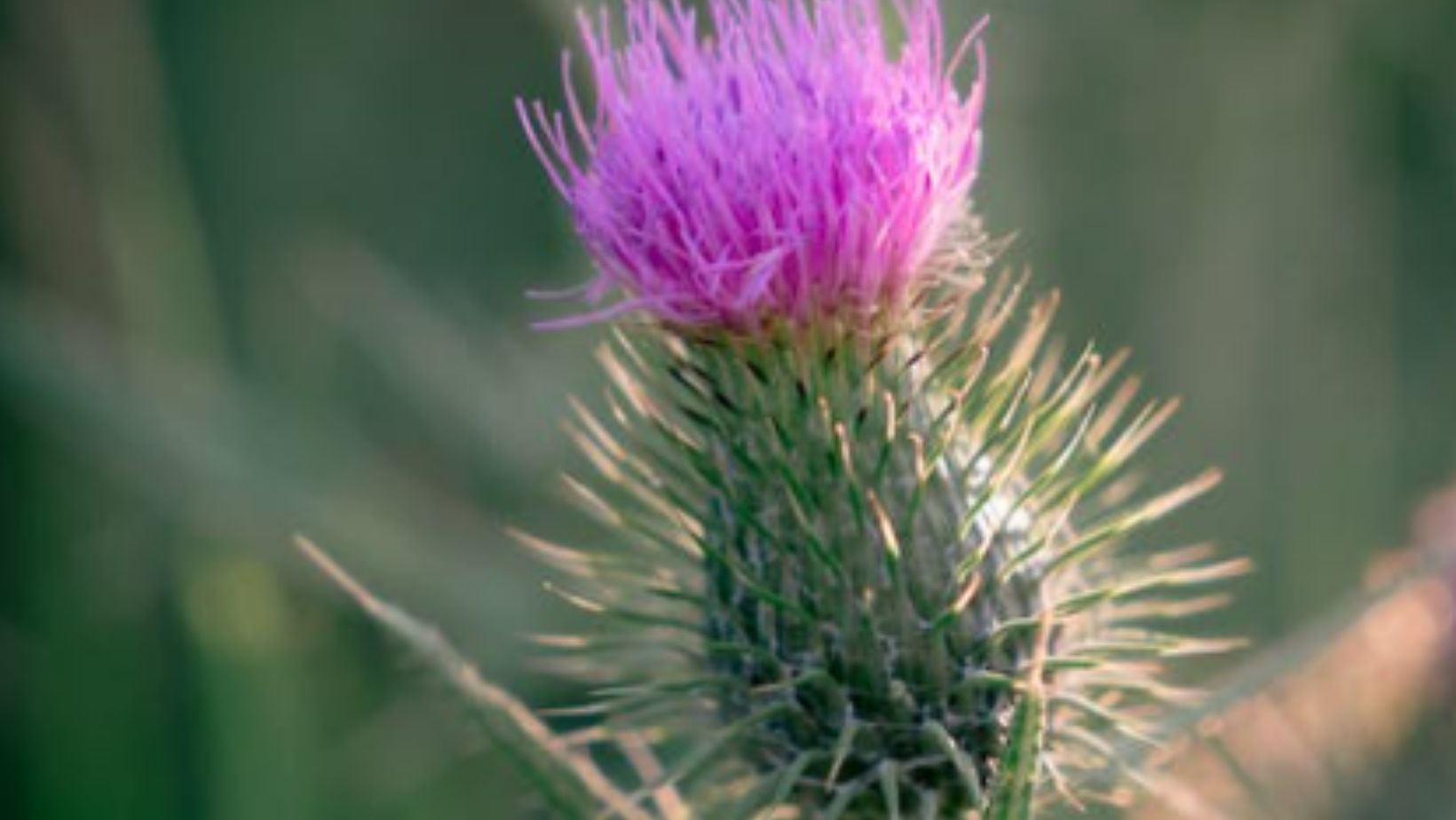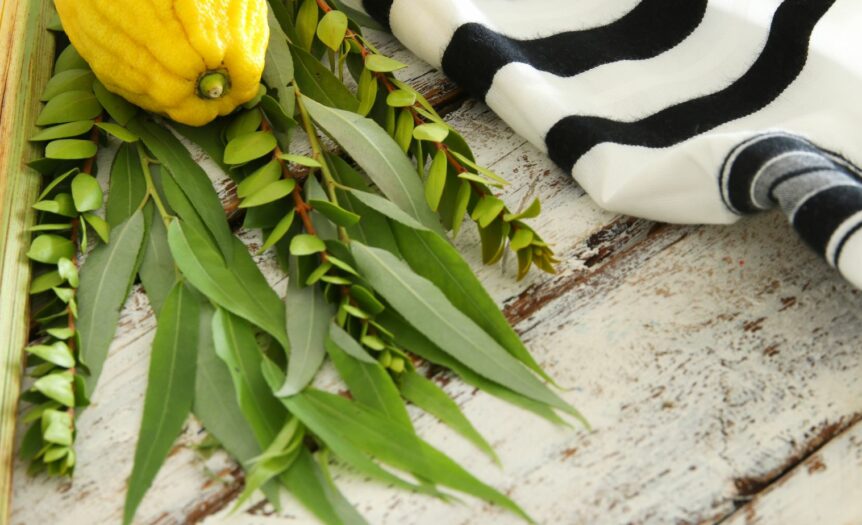Imagine a vibrant, lush lawn boasting colorful flowers and perfectly trimmed grass, a true testament to expert lawn care services. Now picture that serenity being invaded by pesky weeds and unruly plants. The second picture is not so appealing, and so in this guide, we’re taking a look at the world of invasive plant species – those sneaky intruders that threaten to hijack your beautiful garden.
Invasive Plant Species
Invasive plant species are plants that are not native to an area and that cause harm to the environment, including to human health. Using grass fertilizer can inadvertently promote the growth of invasive plant species, exacerbating their harmful impact on the environment and posing risks to human health by fostering rapid growth and spreading of these non-native plants.
There are many ways that invasive plant species can be introduced to new areas. They may be brought in intentionally as ornamental plants or for other purposes. But they can also hitch a ride on animals or humans or be transported in soil or water. Once they’ve arrived in a new area, if conditions are right, they can take over.
To help deal with problems that may relate to invasive plants, companies like The Lawn Squad play a vital role in managing and maintaining the ecological balance by addressing issues related to lawn care and landscaping, contributing to the prevention and control of invasive plant species and their impact on the environment.
Methods of Identifying Intrusive Plants on Your Lawn
There are a few ways you can identify invasive plant species in your lawn. If you know what to look for, you can often identify these plants by their physical characteristics. Some common physical characteristics of intrusive plants include:

- Altered leaf shape: Many intrusive plant species have leaves that are narrower or more pointy than the leaves of native plants.
- Thick, leathery leaves: The leaves of intrusive plants are often thicker and tougher than the leaves of native plants, making them less likely to be eaten by herbivores.
- Hairs on the leaves: Many pushy plant species have hairs on their leaves, which help them repel water and protect them from predators.
- Bright colors: Invasive plants often have brighter flowers or fruits than native plants, which can help them attract pollinators and seed dispersers.
After you have determined that an invasive plant is present in your yard, you will need to take action to get rid of it. Then you are free to enjoy your lawn and backyard as well as express your creative side in taking care of your lawn or garden. You can even turn your backyard into a haven for birds, making it an area that is not only kind to animals but also a place where you can see the plants you like to thrive.
How Can You Remove Invasive Plant Species from Your Lawn?
If you are concerned about intrusive plants in your lawn, there are some things you can do to remove them. It is preferred to first try to identify the plants in question. This can be done by looking up pictures of invasive plant species online or consulting with a local nursery or garden center. Once you identify the plants, you will need to take the necessary action to remove them.

There are ways to remove invasive plant species from your lawn. One option is to manually pull them up by their roots. This is often the most effective method, but it can be time-consuming and tedious. Another option is to use herbicides. Be sure to read the labels carefully and follow the directions for safe and proper application.
Conclusion
Keeping track of the plants in your lawn is critical to maintaining a healthy environment and preventing unwanted plant species from invading your lawn. With the tips offered, you can identify, eliminate, and prevent such plants from taking hold of your property. Keeping an eye out to spot any evaders early can save you a lot of time and expense down the road.








